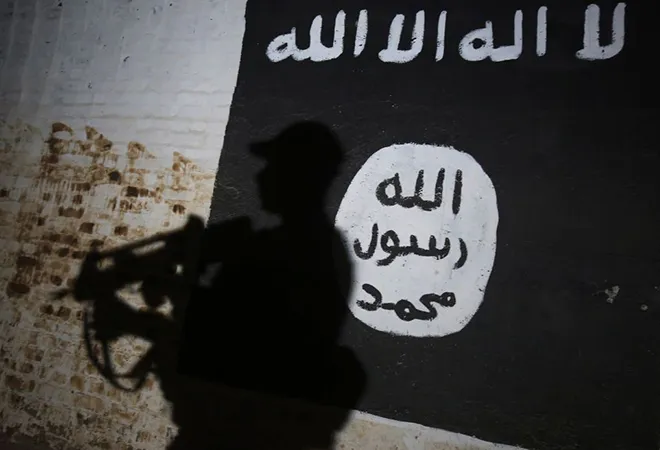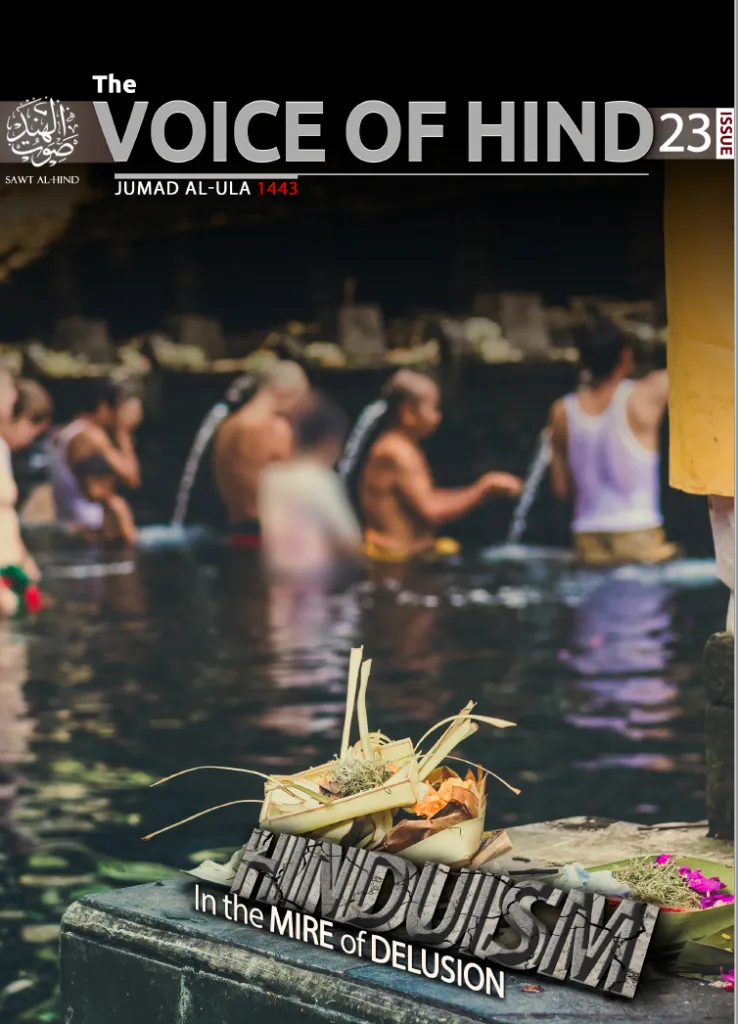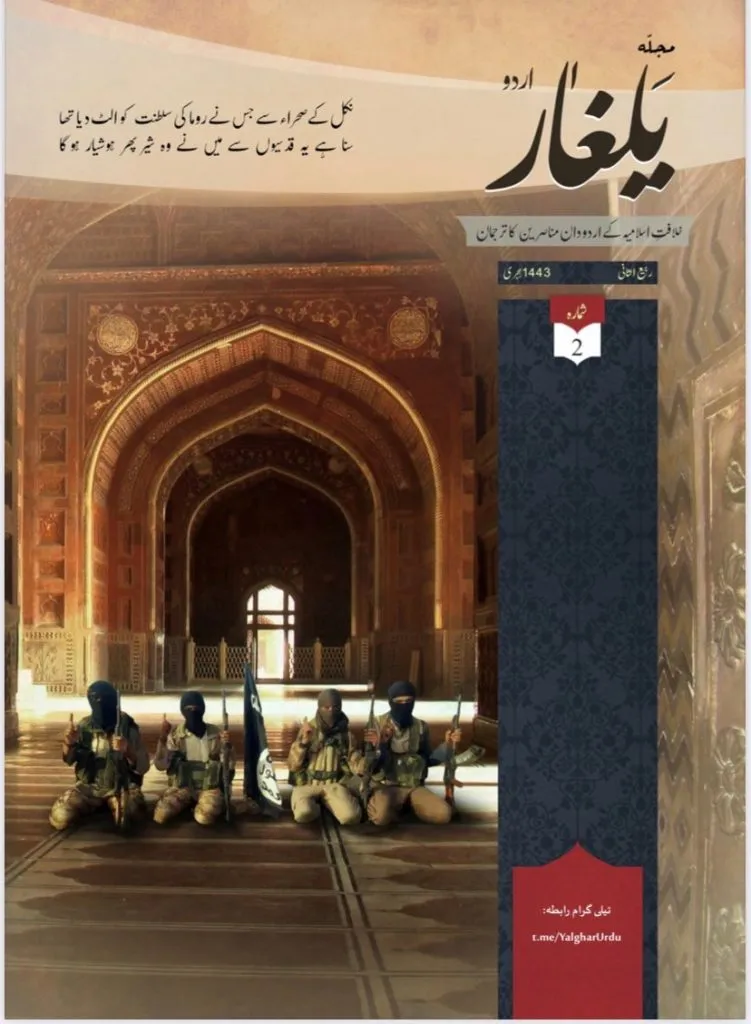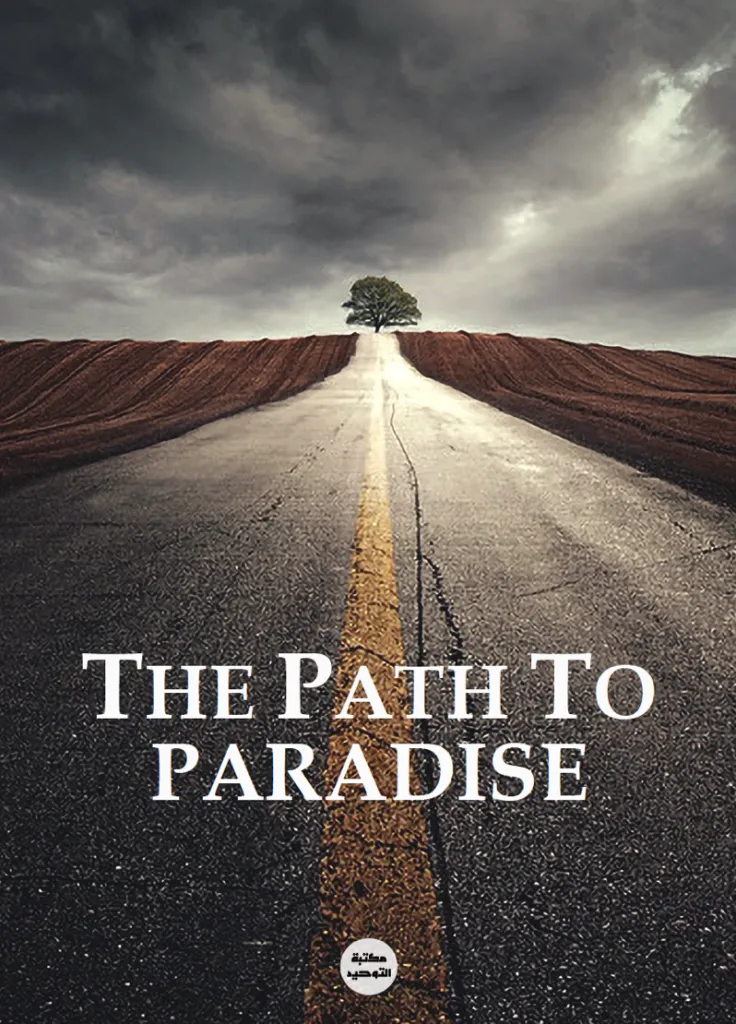
In March 2019, now former President of the United States, Donald Trump, showed the media a map highlighting the geographic contraction of the so-called Islamic State (IS, ISIS or Daesh in Arabic) in the Middle East, alluding to a defeat of the terrorist group that had grown at an incomparable pace since 2014. At one point, IS was known to have control of land almost as large as the United Kingdom, spreading across Syria and Iraq. However, the convergence of regional and international geopolitical fissures against IS, with air campaigns by a US-led coalition, Russia, and ground offensives against the group by Iran and Iran-backed militias, all fighting against the group for their own reasons, led to the decimation of Daesh’s “state”.
However, unlike other major international Islamist groups such as Al-Qaeda, IS successfully operationalised many tools other than regional politics and ideology to achieve its aims. Propaganda became a major driving point, and two years after Trump’s declaration of victory, few answers exist on how to deal with a terror group that may exist more strongly as an idea and brand, co-opting the vast delivery systems offered by the internet, rather than a kinetic force of on-ground fighters that it was at its peak between 2014 and 2017. Today, smaller, regional jihadist groups around the world, from Africa to Southeast Asia, associate themselves as part of the IS ‘empire’. While the long-term success of these boutique jihadist groups remains contested, the co-option of the IS name and its vast online propaganda has created an ‘open-source’ online ecosystem of extremism, where radicalised individuals are capable of conducting attacks in the name of IS in any geography. To put this in perspective, propaganda photographs and updates of IS and its affiliates’ successes in Africa, such as those in Mali, Mozambique, and the Democratic Republic of Congo are also available daily on social media platforms in Hindi and Urdu, amongst many other languages.
IS propaganda, Afghanistan crisis, and South Asia
2021 was a watershed year for Afghanistan. On 15 August, the Taliban walked back into Kabul, taking control of the Afghan capital once again after being ousted and pushed into the refuge of the Hindu Kush mountains by the US-led war in the aftermath of 9/11 in 2001. On the sidelines of these events, the rise of the Islamic State Khorasan Province (ISKP) into a more lethal group, rather than one operating only in a few provinces came to centre stage. Ideologically, the rise of the Taliban has given fuel to IS propaganda. IS central’s main online publication, Al-Naba, over the past few issues has given considerable space to ISKP’s operations against the Taliban, blaming the group for joining hands with the US to establish its rule based on political identity and narrow Islamic jurisprudence, and not the Islamic ummah as a whole. Reports of potential counterterror cooperation between the US and the Taliban only pushed this brand of indoctrination further, with establishment of newer online outlets in support of ISKP.
A large part of IS’s brand building was that it successfully piggybacked its propaganda to the front pages of global press and prime time television networks between 2014 and 2017.
ISKP gaining strength, both online and in Afghanistan’s fractious jihadist ecosystem, is not unexpected. Taliban is not a homogenous entity, and its coming to power is pushing others towards the safety of ISKP ecosystems, including some former members of the Afghan armed forces (like Iraq’s erstwhile Ba’athist army members joining ISIS for security in 2013-2014). Over the past two years, three pro-ISIS publications have surfaced in South Asia, force multiplying with Al-Naba and other propaganda outlets around Afghanistan in this part of the world.
India
For India, and extended South Asia, Sawt-al-Hind (SAH, Voice of Hind in English) was launched in February 2020, in the middle of communal riots in the capital New Delhi. Since then, the publication has spent considerable print space on two main issues. First, as mentioned before, criticising the Taliban, and second, aggressive propaganda on communal divisions in India based around the country’s in-power right-wing Hindu nationalist politics. The last two issues of Sawt-al-Hind have been based around these themes, writing around issues such as the Babri Mosque, ideology, a ‘clash of civilisations’ narrative, and covering other geographies in South Asia such as Maldives and Bangladesh as well.
 (Cover of Sawt al-Hind, December 2021)< style="text-align: center;font-size: 16px">
(Cover of Sawt al-Hind, December 2021)< style="text-align: center;font-size: 16px">
India’s security establishment has taken note of Sawt-al-Hind. In July 2021, the National Investigation Agency (NIA) made arrests from South Kashmir and from Bhatkal in Karnataka. The reports remained unclear whether the agency believed these people were involved in production of SAH or just its distribution on social media. However, following these arrests, the magazine’s next issue was dedicated to the power of propaganda, asking followers to continue producing such output. The issue was titled “Our pens are daggers in the hearts of Kuffar”. ISIS has historically equated its ‘online warriors’ as having the same weight as its fighters’ conducting attacks on the ground. Attempts have been made to make a separate IS Hind Province brand around its presence in Kashmir, giving a new moniker around some attacks it has claimed in the valley since 2014. Meanwhile, security agencies instead use the IS J&K moniker for terrorism conducted in name of the group in Kashmir.
Pakistan
The Taliban is a Pakistan project up to a large extent, and such projects have no absolute guarantees of their trajectories. The rise of the Taliban as a regime, and its latent support for the Tehrik-i-Taliban Pakistan (TTP), which often calls for the unseating of Pakistan’s political system, is a case in point. In the midst of Pakistan’s self-built ills, that stretch from Baluchistan to FATA and state-sponsored Islamist ecosystems in between, “IS Pakistan Province (ISPP)” has recently taken claims of killing both what it said were members of the Taliban and those it claimed were spies and informants of the Pakistan military inside Pakistan, especially in and around Khyber Pakhtunkhwa. On the sidelines of these developments, a Pakistan-specific pro-IS online magazine in Urdu called ‘Yalghar’ was launched. Its second issue was released in December 2021 (first issue was launched in April 2021). As scholar Riccardo Valle highlights, the issue was largely pointed against the “Pakistani state, politics, and religious establishments”. From an ideological and theological point of view, its criticism of religious scholars for “deceiving” the Islamic ummah is a continuation of an argument that is common in many issues of Sawt-al-Hind as well.
 (Cover of Yalghar, December 2021)< style="text-align: center;font-size: 16px">
(Cover of Yalghar, December 2021)< style="text-align: center;font-size: 16px">
Myanmar
It is, perhaps, not surprising that transnational jihadist groups such as Al-Qaeda and IS have tried to co-opt Muslims in Myanmar after fallout of the Rohingya crisis which began in 2017. In November 2020, a group calling itself Katiba al-Mahdi fi Bilad al-Arakan (KMBA, or Brigade of Al-Mahdi in the Arakan State in English) offered its bayat (allegiance) to new Islamic State Chief Abu Ibrahim al-Hashimi al-Qureshi. This was done so by the group’s spokesperson, Abu Lut al-Muhajir. The leadership and hierarchy of KMBA remains largely unknown. However, despite the lack of information, KMBA has put out two issues of its propaganda magazine called ‘ARKAN’. Interestingly, the magazine is in English, and as scholars Jasminder Singh and Mohammed Haziq Jani highlight, with the spokesperson’s name having ‘al-Muhajir’, or ‘the emigrant’ attached, it is possible the group has not emerged holistically from domestic political fissures or as a localised breakaway of the Arakan Rohingya Salvation Army (ARSA), which has long been the foremost armed militia around the Rohingya issue. However, it is important to highlight that KMBA’s allegiance to IS has yet to be publicly accepted by the group’s leadership.
 (Cover of ARKAN, December 2021)
(Cover of ARKAN, December 2021)
The publication ARKAN is quite different to other pro-IS propaganda outlets. The issue’s core messaging (for now) seems to focus on attracting recruits towards KMBA’s cadre. The presentation itself is very text heavy, which curiously is more in-tune with Al-Qaeda’s way of releasing propaganda and diktat materials than IS, which is much savvier and in tune with digital trends. The fact that its approach is closer to Al-Qaeda’s raises interesting questions over the lineage of this group and its leaders. The Myanmar-Bangladesh-Eastern India geography (West Bengal, Bihar, Uttar Pradesh, together are home to the biggest Muslim population in India) has had many more pro-Al Qaeda in Indian Subcontinent (AQIS) (via links with Jamaat ul-Mujahideen Bangladesh (JMB and neo-JMB), Harkat-ul-Jihad al-Islami (HuJI) etc.) cases and arrests than IS linked ones. Overall, many other jihadist groups including Al-Shabaab, Taliban, Hamas, and so on have also used the Rohingya crisis as a call for Muslims to rally against the Myanmar government.
Conclusion
The increase in the number of propaganda platforms in South Asia can be traced to the events taking place in Afghanistan. However, despite the increase, anecdotally, it yet cannot be said that these publications have been successful in recruitment (raising finance is a whole different ball game). In fact, today we can see the Taliban using slick propaganda videos, like those perfected by IS, against ISKP itself. However, one major failure in response to this propaganda material is the way mainstream media covers them. A large part of IS’s brand building was that it successfully piggybacked its propaganda to the front pages of global press and prime time television networks between 2014 and 2017. Scholar Charlie Winter explained that IS had successfully used the media against the media. This is one of the major learnings that South Asian states, with fragile societal, cultural, and political ecosystems, must inculcate when it comes to pushing back against such efficient and well-designed propaganda that has become immensely difficult to police.
The views expressed above belong to the author(s). ORF research and analyses now available on Telegram! Click here to access our curated content — blogs, longforms and interviews.







 PREV
PREV


